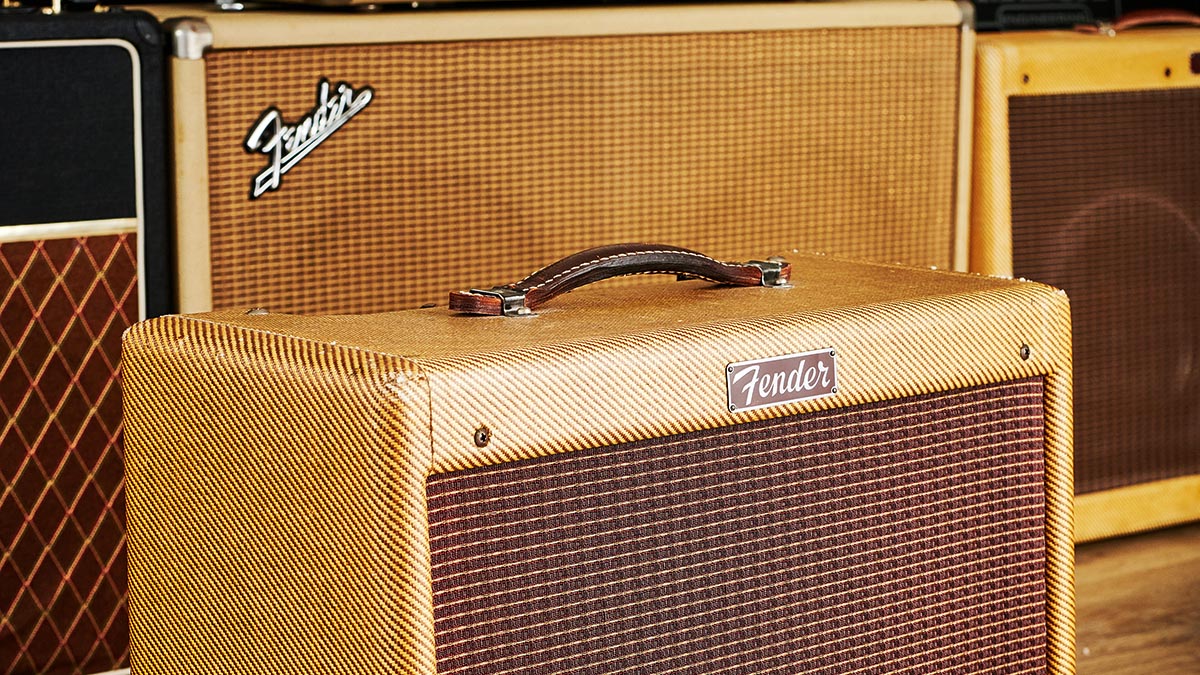
The word ‘impedance’ is commonly used in the context of guitars, but how many of us understand what it actually means? In this column, we’ll steer clear of complicated equations and heavy electronics, and instead explore real‑life scenarios.
Many of us will be familiar with speaker impedance and high-impedance instrument inputs on audio interfaces. Whether we’re aware of it or not, impedance can be an issue when we’re running long cables, using vintage amps, employing multiple stompboxes or combining fuzz and wah pedals.
An understanding of how impedance affects the way items of equipment interface can help to get the best out of our gear and optimise tone. Once you’re aware of the rules, they are simple and easy to follow. Let’s start with a simplified explanation of what ‘impedance’ means.
Resistors are electronic components with a fixed value that restrict the flow of electrical energy by turning it into heat. Impedance has the symbol ‘Z’ and, like resistance, it’s measured in ohms. But they are only the same thing in a purely resistive circuit. Adding pickup inductance and cable capacitance to the mix results in a reactive circuit, and that nominal impedance figure is not entirely constant across the entire frequency range.
Source & load
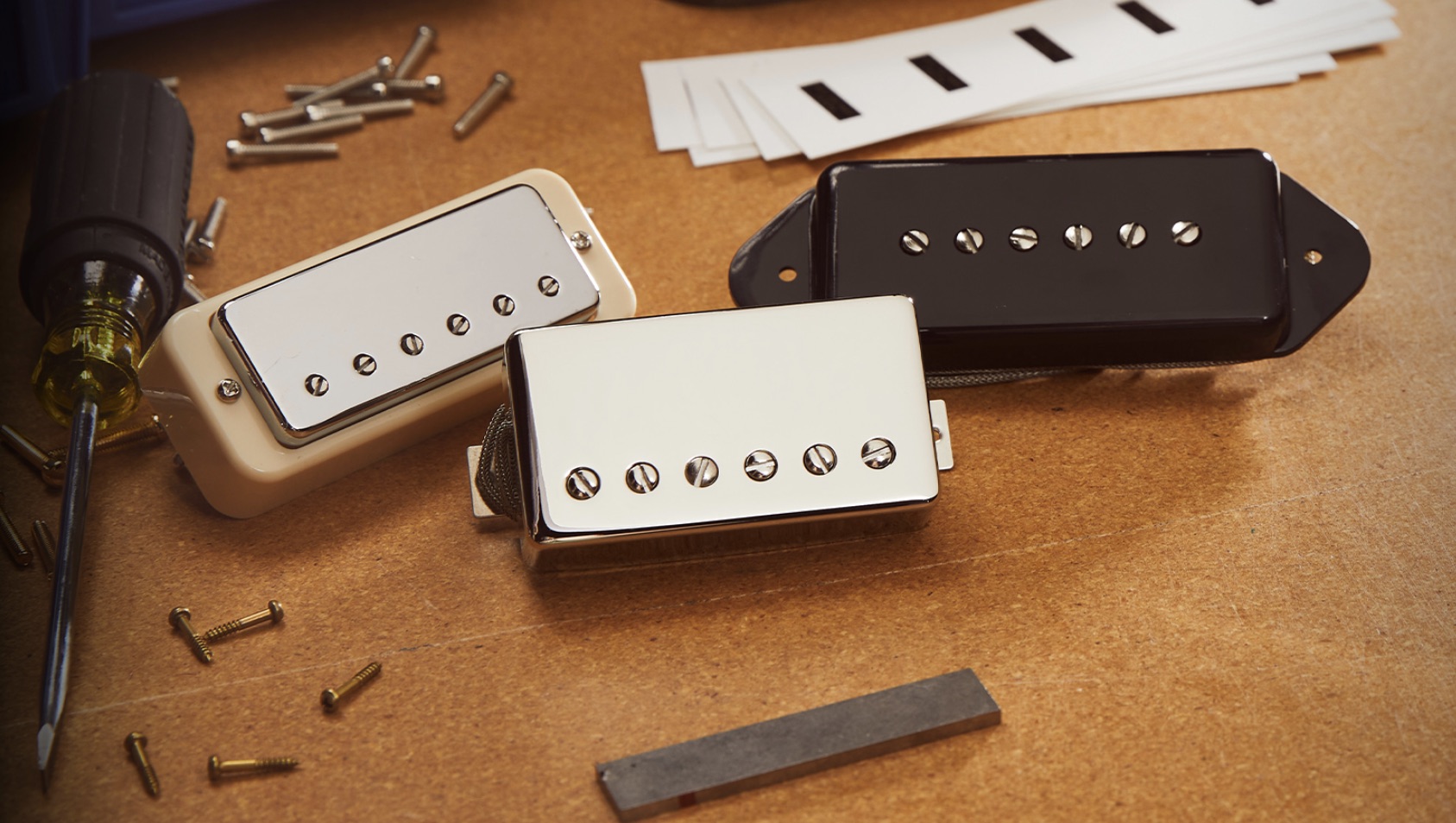
The pickup is the source of the sound, and its resistive, capacitive and inductive elements combine to provide the source (output) impedance. The other end of the guitar cable plugs into an amplifier input, which provides the ‘load’ (input) impedance.
The ratio of source and load impedance determines how much of the pickup signal reaches the first stage of amplification, and optimum guitar signal transfer depends on matching source impedance with higher load impedance.
When load impedance is too low, you may experience treble loss as well as a lack of sustain
The convention is that the load impedance should be at least 10 times greater than the source, but most high-level amp inputs provide a load impedance around 1M (1meg‑ohm). When load impedance is too low, you may experience treble loss as well as a lack of sustain.
Get The Pick Newsletter
All the latest guitar news, interviews, lessons, reviews, deals and more, direct to your inbox!
If you examine the circuits of classic amplifiers such as Tweed Fender Deluxes and Gibson GA40s, you can see that the input wiring evolved. Owners often report that the later versions were ‘hotter’ when, in fact, the input stage was simply cooler and therefore wasted a large proportion of the guitar signal before it even reached the first valve grid.
Early guitar amps often had relatively low-impedance ‘mixer’ inputs for multiple instruments, rather than hi/lo inputs for an individual instrument. So called ‘student’ models like the Vox AC10 and Watkins Westminster were similarly stymied at the front-end and can be greatly improved by rewiring the inputs.
Combining amps
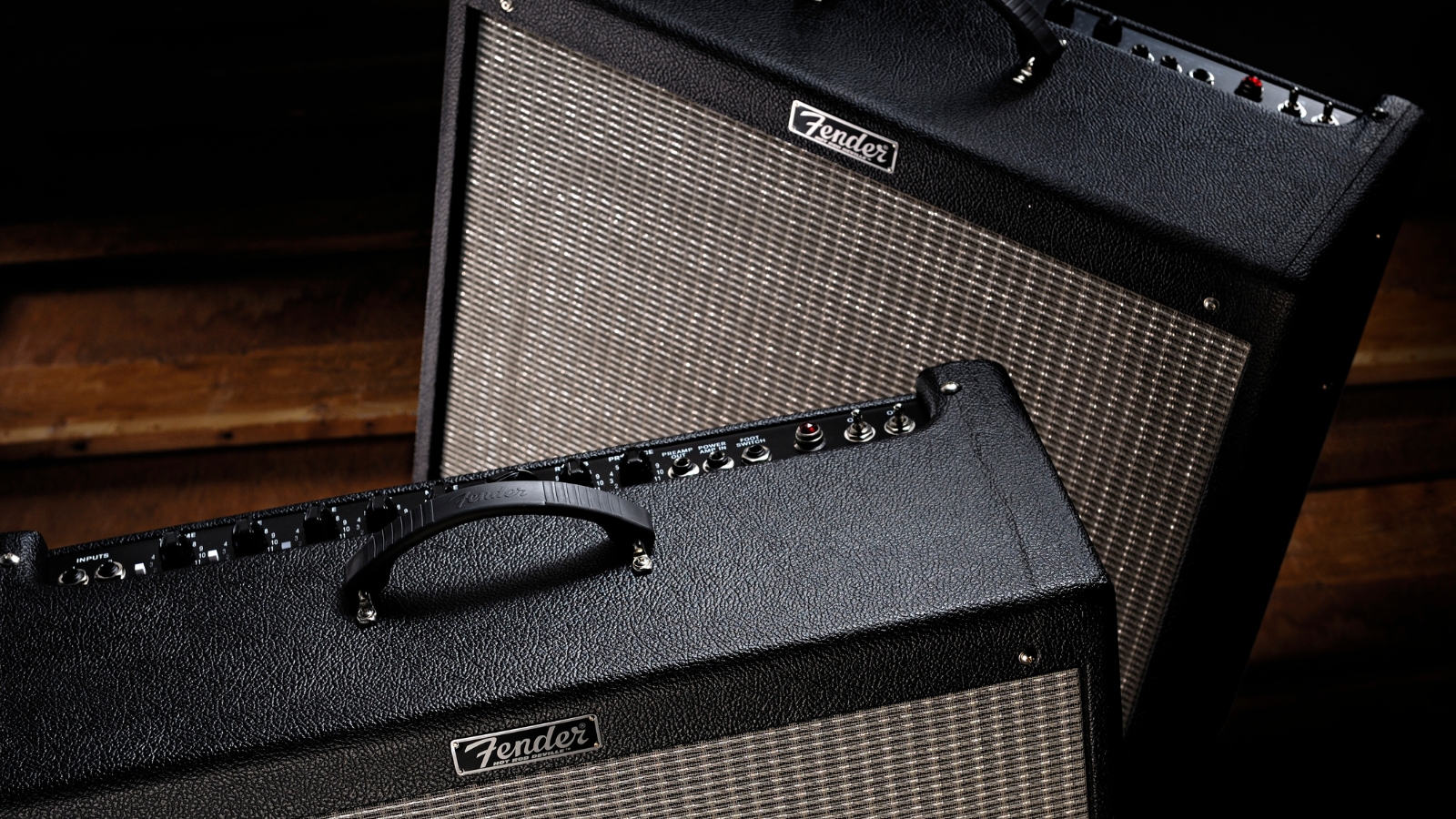
Amplifiers are traditionally combined by daisy chaining the first amp’s parallel input to a second amp’s input using a guitar cable. Setting aside the ground loop issues that usually ensue, the guitar sees half the load impedance. This would usually represent a drop from 1meg-ohm to 500k.
The upshot is that neither amp will sound quite as good in tandem as it would on its own. Dedicated splitter boxes that can eliminate ground loops while maintaining the optimum impedance relationship are the best option for combining amps. And just for the record, disconnecting one of the amp’s earth connections is a potentially dangerous workaround rather than a ground loop fix.
In the long run
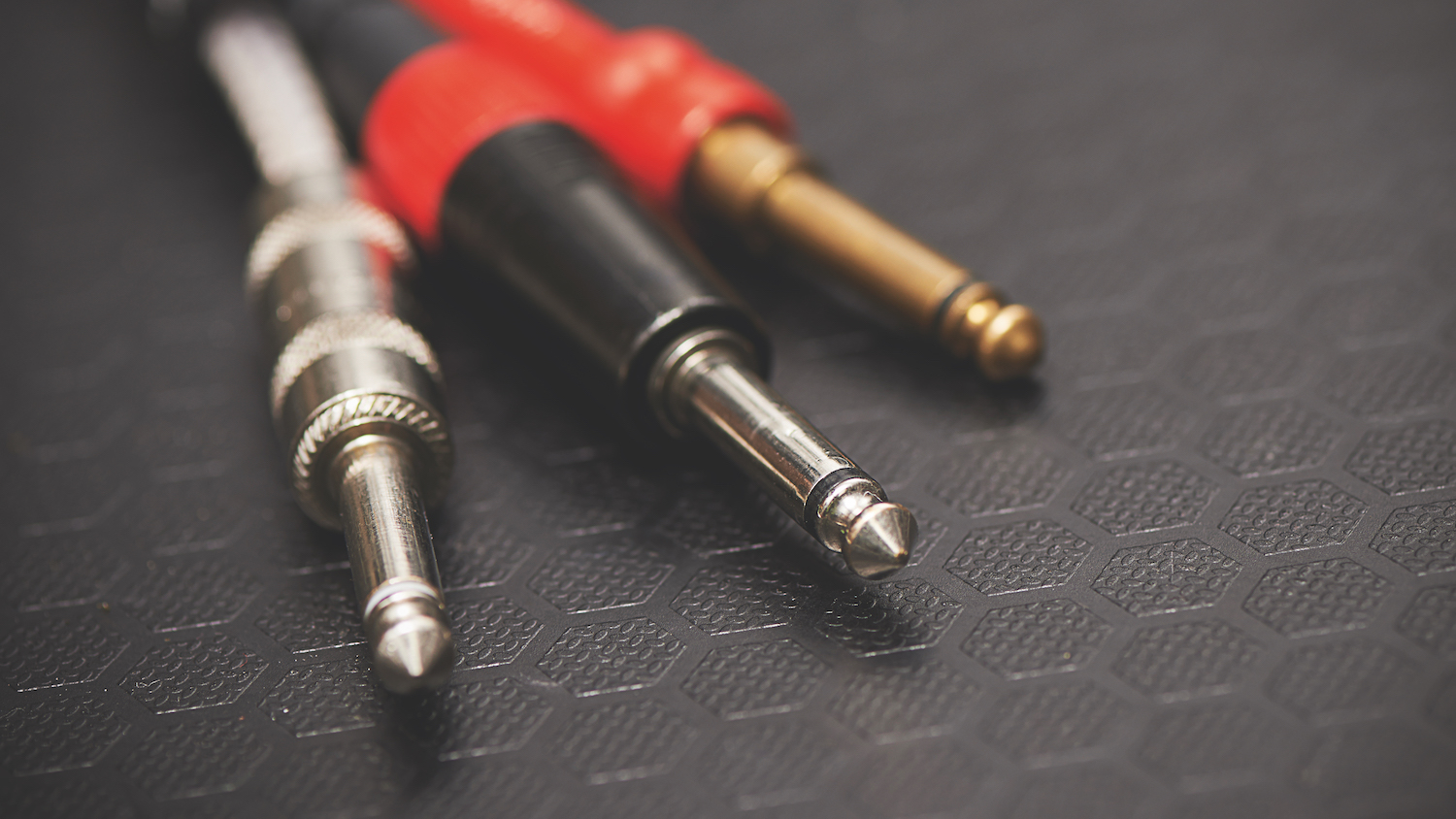
All guitar cables are capacitive to some extent, and cable resistance and capacitance should ideally be as low as possible. You may enjoy the freedom to roam provided by long cables, but the longer the cable, the more likely you are to experience high frequency roll-off.
If you have a naturally bright-sounding amp or guitar, the tone might benefit as a result, but many players tend to prefer cables that are as sonically ‘transparent’ as possible. Long cables are also more likely to pick up noise, which can further degrade the signal.
If short guitar cables tend to be technically superior, how come microphone cables can be pretty much as long as you like with no loss of audio quality or intrusive noise? Again, the answer involves impedance, because microphones have a very low-output impedance – figures around 250ohms are typical. Microphone outputs are also balanced to eliminate unwanted noise, and we’ll get onto that shortly.
Hitting the buffer
Many boutique pedal builders make a great virtue out of true bypass on/off switching. The premise is that when the pedal is off, the guitar signal passes straight through to the amp without any loading or losses through the pedal circuitry. Compared with ‘tone sucking’ circuits like the early Cry Baby wah, this is undoubtedly the better option.
The idea has a superficial appeal until you consider the length of the cable between the guitar and pedal, then double it to connect the pedal to the amp. Increasing cable length increases resistance and capacitance, which translates to more treble less.
Many of the most revered and collectable pedals are not true bypass, with the Ibanez Tube Screamer, Klon Centaur and all Boss pedals being classic examples. Instead, these pedals feature buffer amplifiers that remain in the signal path even when the pedal is turned off.
These little buffer amps are not designed to boost the signal, though. Their actual purpose is to lower output impedance and improve signal transfer through long cable runs with minimal treble loss. You may also notice that treble roll-off is less apparent when you turn down your guitar’s volume control.
Many of the most revered and collectable pedals are not true bypass, with the Ibanez Tube Screamer, Klon Centaur and all Boss pedals being classic examples
In addition to buffered effects pedals, there are plenty of standalone buffers that can be used early in the signal chain or at the output end of a pedalboard. Of course, in this instance much depends on the buffer amp’s audio quality, and inferior designs may introduce unwanted noise or distortion.
True bypass versus buffering is a complex topic, but the bottom line is that you’ll need a low impedance buffer somewhere along the line if you want to retain audio fidelity with long cable runs and expansive pedalboards.
Alternatively, consider low-impedance pickups. Players who appreciate clear high-fidelity tone often graduate towards active pickup systems such as EMG and Fishman. Onboard preamps boost the output and lower the impedance for efficient signal transfer with the widest frequency range.
Fuzz & wah
Vintage-correct germanium Fuzz Face derived circuits have low-input impedance and prefer to see a guitar pickup at the other end of the cable. With a buffer in front, they can sound shrill, thin and edgy. In contrast, fuzzboxes like Big Muffs have a higher-input impedance and are far less fussy about positioning on a pedalboard.
The guitar equivalent of the chicken and egg question is: which should come first, the fuzz or the wah? And the answer is that much depends on the fuzz itself, but the wah’s frequency sweep is reduced when a Fuzz Face is used post-wah. This is because traditional Vox/Cry Baby wah circuits have relatively high-output impedance.
The solution is to retrofit an output buffer to the wah, but this buffer must be integral to the wah circuit, and both the wah and buffer have to be truly bypassed when the wah is switched off. The buffer makes the fuzz happier, restores the wah’s sweep range and rounds out the tone.
You can put the fuzz before the wah, too, and the wah will sound fine. But since the wah is a sweepable bandpass filter, the fuzz’s frequency range will be restricted and it will sound far less fuzzy and harmonically complex. Even so, plenty of players prefer it that way, so tone-suck it and see.
Reverse DI trick
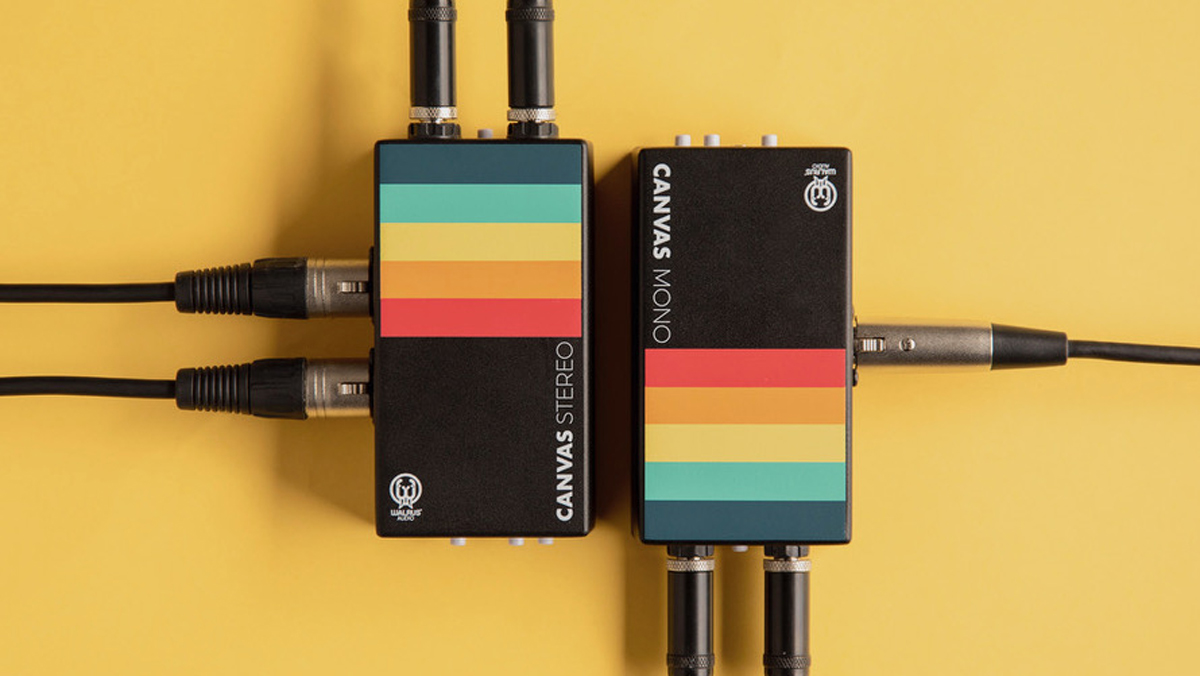
It’s often necessary for the amplifier and player to be in separate rooms when recording. Using a couple of DI boxes, it’s possible to run very long cables with minimal losses and no added noise.
Like buffers, DI (direct inject) boxes convert impedance from high to low, and they’re used to interface passive electric guitars and bass guitars with microphone preamps that typically have lower-input impedance than amplifiers. They also have a balanced output and many are passive devices with an onboard transformer.
Like buffers, DI boxes convert impedance from high to low, and they’re used to interface passive electric guitars and basses with microphone preamps that typically have lower-input impedance than amplifiers
Plug your guitar into the first DI box and connect a microphone cable to the output that’s long enough to reach the amplifier. There will be a male XLR at the amplifier end, so you’ll need a female-to-female XLR converter or a short length of microphone cable with female XLR plugs at each end to plug into the XLR output of the second DI box. A short length of guitar cable or a patch cable then connects the second DI box’s input to the amplifier’s input.
The first DI box lowers the impedance and balances the output. The second DI box, which is connected in reverse, debalances and resets the impedance. An active DI box can be used at the front, but you’ll need a passive DI box for reverse operation.
Reamping
Finally, let’s look at reamping. In a nutshell, reamping is a process that involves recording a clean DI signal from a guitar or bass, and later sending it from a DAW and audio interface to an amplifier to be re-recorded using microphones. This has become a standard production technique and the results can be excellent – so long as you observe the impedance rules.
Some more sophisticated reamping boxes available on the market have impedance and level controls to ensure that the frequency response sounds natural and the amplifier’s input isn’t overloaded
The audio interface will have a balanced output with an impedance around 600ohms – and that’s not what the amp wants to see at all. By debalancing the signal and presenting the amp with a source impedance that’s equivalent to a pickup, reamping boxes trick amps into thinking they’re interfaced directly with a guitar.
Some more sophisticated reamping boxes available on the market have impedance and level controls to ensure that the frequency response sounds natural and the amplifier’s input isn’t overloaded. These offerings also enable you to avoid ground loops, and some even provide adjustable impedance controls and treble roll-off to simulate cable capacitance.
That’s all for this column. We’re aware that we didn’t mention speaker impedance, but in essence, you’re always best off simply matching the amp’s output impedance to the speaker impedance. But hopefully this articale has answered some questions and inspired you to try out some new things.
Huw started out in recording studios, working as a sound engineer and producer for David Bowie, Primal Scream, Ian Dury, Fad Gadget, My Bloody Valentine, Cardinal Black and many others. His book, Recording Guitar & Bass, was published in 2002 and a freelance career in journalism soon followed. He has written reviews, interviews, workshop and technical articles for Guitarist, Guitar Magazine, Guitar Player, Acoustic Magazine, Guitar Buyer and Music Tech. He has also contributed to several books, including The Tube Amp Book by Aspen Pittman. Huw builds and maintains guitars and amplifiers for clients, and specializes in vintage restoration. He provides consultancy services for equipment manufacturers and can, occasionally, be lured back into the studio.
“It holds its own purely as a playable guitar. It’s really cool for the traveling musician – you can bring it on a flight and it fits beneath the seat”: Why Steve Stevens put his name to a foldable guitar
“Finely tuned instruments with effortless playability and one of the best vibratos there is”: PRS Standard 24 Satin and S2 Standard 24 Satin review











